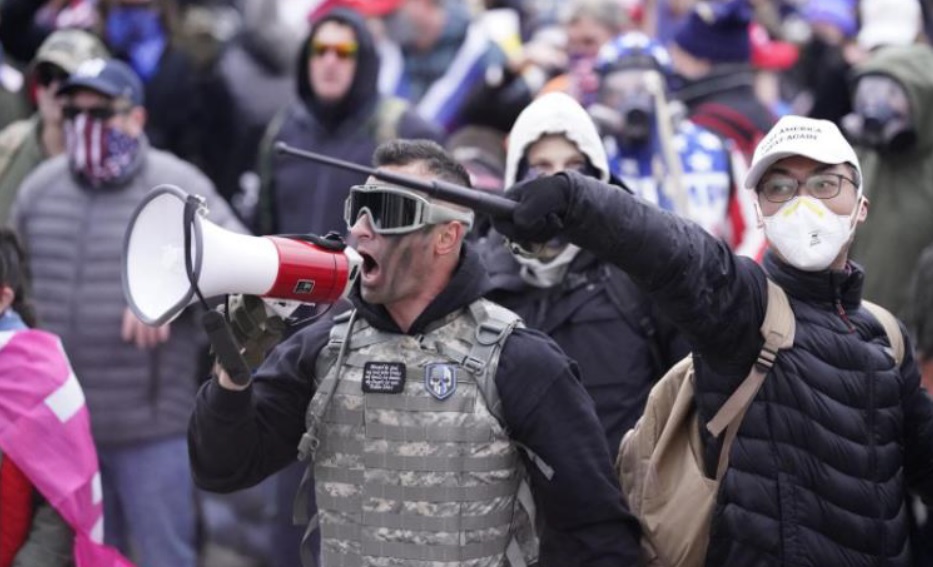As a powerful tool for amplifying sound, the megaphone has been used in various settings and for a variety of purposes. From sports events and political rallies to educational settings and emergency situations, megaphones play a vital role in enhancing communication and ensuring that the message is heard clearly. In this article, we will explore some of the different contexts where megaphones are commonly used and their potential benefits.
Sports Events
At sports events, megaphones are often used to make announcements, provide commentary, and engage with the audience. For example, during a football game, the announcer might use a megaphone to announce the starting lineup, introduce the players, and provide updates throughout the game. In addition, cheerleaders might use megaphones to lead chants and cheers to rally the crowd and support their team. In this way, megaphones can create a sense of excitement and engagement for both the players and the audience.
Political Rallies
Another context where megaphones are often used is in political rallies and protests. Political activists and organizers might use megaphones to communicate their message to a large crowd, making it easier for people to hear and understand the message being delivered. In this way, megaphones can be an effective tool for mobilizing and engaging the public, allowing them to express their opinions and demand action on important social and political issues.
Educational Settings
Megaphones can also be used in educational settings, such as classrooms and lecture halls, to improve communication and create a more engaging learning environment. For example, a teacher might use a megaphone to project their voice and ensure that all students can hear the lecture clearly. Additionally, students might use megaphones to present their work or participate in debates, allowing them to express their ideas and opinions in a clear and confident manner. In this way, megaphones can be an effective tool for improving the quality of education and promoting student engagement.
Emergency Situations
One of the most important contexts where megaphones are used is in emergency situations. Emergency responders, such as police officers, firefighters, and paramedics, might use megaphones to communicate important information to the public during a crisis or disaster. For example, in the event of a natural disaster, a megaphone might be used to issue evacuation orders or provide instructions on how to stay safe. Additionally, megaphones can be used to communicate with people who are trapped or in need of assistance, making it easier for rescue workers to locate and provide aid to those in need.
Public Speaking Events
Finally, megaphones are often used in public speaking events, such as rallies, speeches, and presentations. Speakers might use a megaphone to project their voice and ensure that the audience can hear their message clearly, particularly in large or noisy environments. Additionally, megaphones can be used to add emphasis or dramatic effect to a speech or presentation, making it more engaging and memorable for the audience.
Conclusion
In conclusion, megaphones are a versatile and powerful tool that can be used in a variety of contexts and settings. Whether used at a sports event, a political rally, an educational setting, an emergency situation, or a public speaking event, megaphones have the potential to enhance communication and create a more engaging and interactive environment. With their ability to amplify sound and deliver messages to a large audience, megaphones have become an important part of modern communication, and are likely to continue playing a vital role in enhancing communication and promoting engagement in the future.

